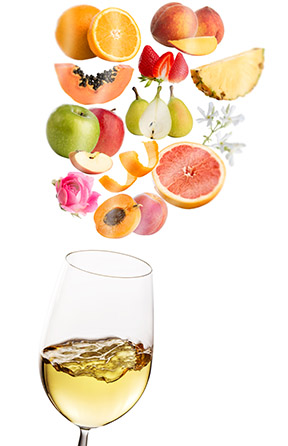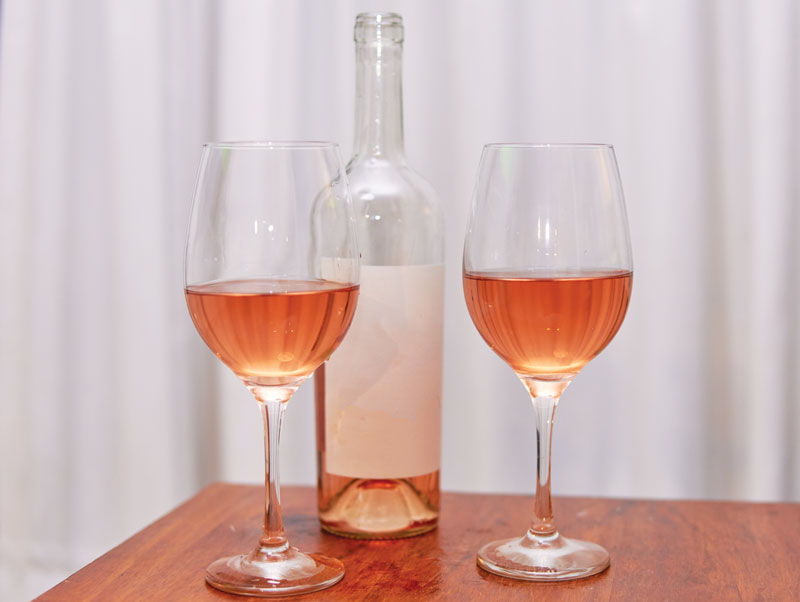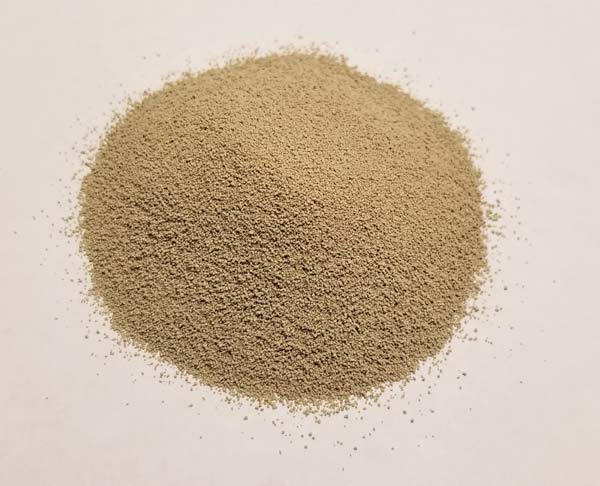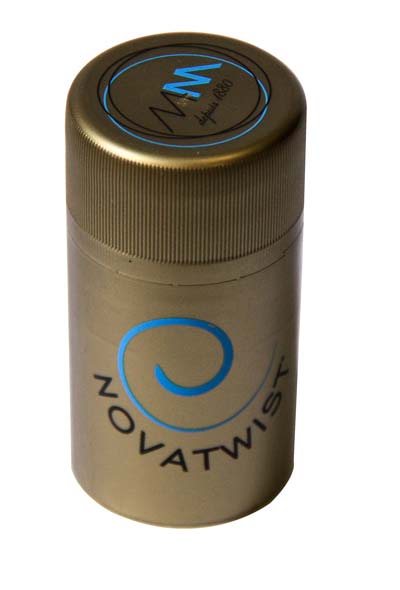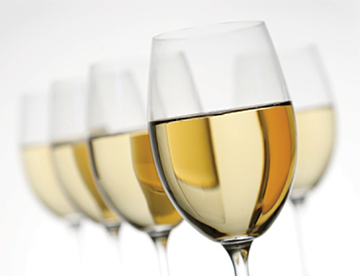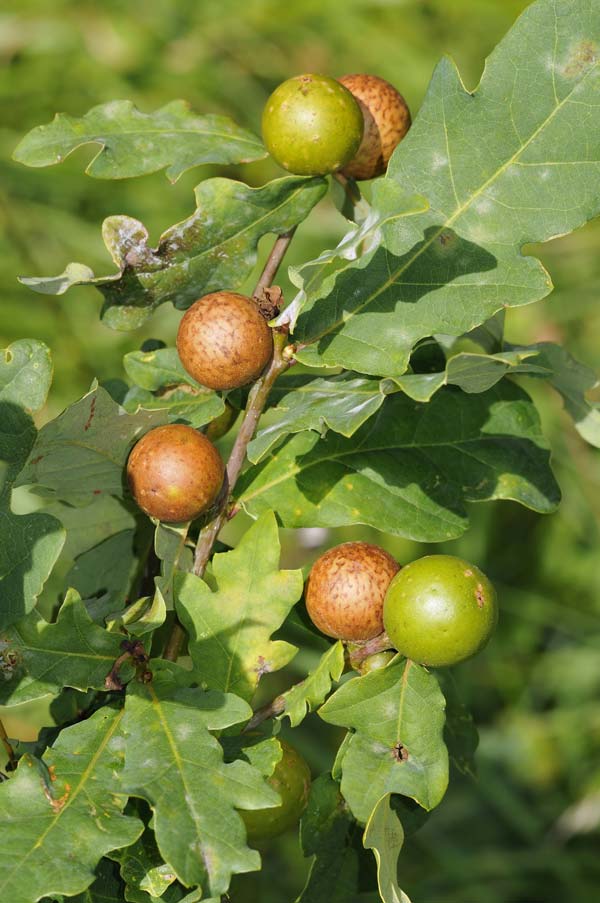Writer: Alison Crowe
Removing Stains in Carboys
There is indeed a combination of things I think could help, but it may take a little bit of elbow grease on your part. Two years is a long time for a
Boosting Aromatics in White Wines
It sounds like you’re doing a lot of things right to optimize aromas in what should be “aromatic” white varieties. I would recommend you make sure your full process includes the following
Will Alcohol Kill Mycoderma?
There is a great summary of what mycoderma is and ways to deal with it written by Daniel Pambianchi at www.techniquesinhomewinemaking.com/white-surface-film. Folks can check out that blog post for a deep dive,
Sanitizing with Sulfur Dioxide and Citric Acid
I’m happy to help clear up the argument for you. First, I have to say, “good on you” (as my New Zealand harvest interns used to say) for questioning what you hear;
Boosting Aromatics, Removing Carboy Stains, Mycoderma, and Sanitation
The Wine Wizard offers steps to increase aroma for aromatic white wines. Plus, how to remove stains from glass carboys, whether high-proof alcohol is a match for mycoderma, and why the combination of sulfur dioxide and citric acid works well for sanitation.
Tips For a Successful Malolactic Fermentation
I’m glad you’re using an ML nutrient (Opti’Malo Plus™ — made by Lallemand and sold through various outlets like Scott Labs and many home winemaking stores), which makes for the most predictable
Thoughts for Underripe Red Grapes
I don’t know how many cases of rosé wine are consumed in the United States each year, but I know it’s a heck of a lot. Pooh-poohed in the past as cheap
Tips For a Complete Fermentation
I’m sorry to hear about your fermentation troubles! Indeed, it’s one of the most important aspects of winemaking to master since sluggish and incomplete fermentations can ruin a batch. Here are some
Underripe Red Grapes, Malolactic Tips, and General Fermentation Guidelines
In the face of a cool growing season, contending with underripe grapes can be a challenge. The Wiz has some ideas for one grape grower who just couldn’t get their Syrah to full maturity. Also, get some pointers for a healthy malolactic fermentation and alcoholic fermentation.
Reducing acid in wine
In challenging vintages where grapes just don’t get ripe enough, or in areas where summer is cool and the growing season is short, acid reduction methods can really help. The most used
Reducing Bitterness, Micro-oxygenation On A Small Scale, and Deacidification Tactics
Citrus fruits contain a lot of interesting flavors, but making wine with them can be a challenge. Get advice on removing the bitterness that comes with the rinds as well as micro-oxygenation advice for small-scale winemakers, and how to best deacidify a wine.
Over-Sulfiting Your Grape Must
I think you’ll be OK. Even if you’ve made a double sulfur dioxide addition to your Chambourcin grape must it should eventually still take off, albeit perhaps a bit more slowly than
Micro-Oxygenation on a Small Scale
A brewer’s O2 wand is an interesting tool and one I’m not familiar with personally, though I think I understand the concept. There isn’t much of a description of the item on
Reducing Bitterness in Citrus Wine
Ah, the glory and heartbreak that are citrus fruits in winemaking. So many aromas! So many bright flavors! So much acid! And so many potential bitter compounds. This is where a good
Screw-top Bottle Closures, Aging Temperatures and Blueberry Woes
A winemaker has saved up a bunch of commercial screw-cap bottles and wants to know what cork size fits best in that style of bottle. Learn why it is not a good idea to cork those bottles. Also get advice on aging wine temperatures and volatile acidity in blueberry wine.
Troubleshooting a Blueberry Wine
Ah, blueberry wine! Blueberries, huckleberries, and black currants are all favorites when it comes to home winemaking, partly because they can make dark, mouth-filling wines that can resemble the finest red wines
Aging Wine Temperatures
I read the article you reference and I agree with the advice, to a point. That it’s OK to keep wines in the bulk-aging stage (before bottling) warmer (the referenced article says
Using Screw-Top Bottles at Home
It’s a little tough to tell from your letter which kind of screw-top bottles you’ve got so I’m not sure if you’re talking about what I would call screw top “sample bottles”
Reducing Water Consumption in Your Winery
It generally takes about 6 gal. (23 L) of water to make one gallon (3.8 L) of wine though estimates vary from as little as 2 gallons (7.6 L) all the way
Producing Balanced, Low-Alcohol Wines
Funny you mention this topic because I’m currently working on a lower-alcohol project at work (at Plata Wine Partners, I often develop custom projects for clients, and this is one). The brief
Balanced, Low-Alcohol Wines and Reducing Water Consumption
There has been growing interest in reduced alcohol wines in recent years as the health benefits and caloric reduction is lauded by the medical world. The Wine Wizard offers tips to a home winemaker looking to produce their own lower-alcohol wine. Another winemaker is trying to find ways to reduce their water usage in the winery.
Stabilizing A Fruit Port
Well, in the olden days of fortified winemaking, potassium sorbate (a potassium salt of sorbic acid) wasn’t even a thing. While sorbic acid does occur naturally in some plants (rowan berries and
Tips For Rehydrating Dry Yeast
Rehydrating dried yeast is a simple and straightforward process, and one that I find to be essential when using dried yeast for winemaking purposes. The simple answer to your question is no,
Sacrificial Tannins Explained
Tannins, or the compounds in grapes (and oak barrels) that contribute to a pleasing sensation of astringency in red (and some white) wines, are found in grape skins and seeds. As a
Sacrificial Tannins Explained, Yeast Rehydration, and Stabilizing A Fruit Port
The term “sacrificial tannins” is something that gets casually tossed into the winemaking lexicon by those who have been in the trade for a while . . . but what does it really mean? Get an explanation along with tips for rehydrating dry yeast and techniques to properly stabilize a fortified wine.
